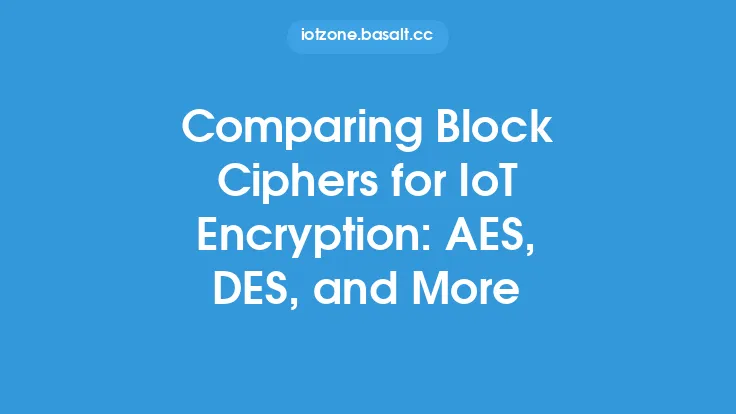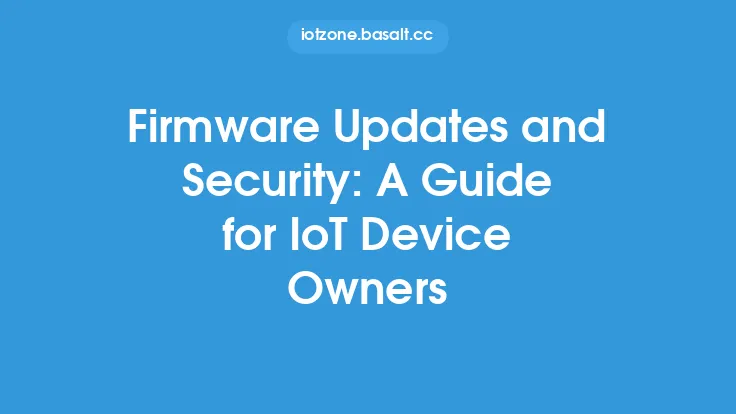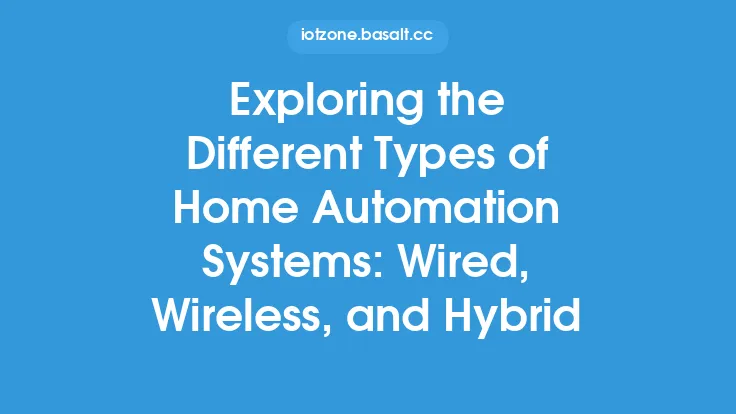The Internet of Things (IoT) has revolutionized the way we live and interact with devices, but it has also introduced a plethora of security concerns. One of the most critical aspects of IoT security is encryption, which ensures that data transmitted between devices remains confidential and tamper-proof. Stream ciphers are a type of encryption method that has gained significant attention in the context of IoT due to their unique characteristics and advantages. In this article, we will delve into the world of stream ciphers, exploring their advantages and disadvantages, and discussing their suitability for IoT applications.
What are Stream Ciphers?
Stream ciphers are a type of symmetric key encryption algorithm that encrypts data in a continuous stream, one bit or byte at a time. They use a keystream, which is a sequence of random or pseudorandom bits, to encrypt the plaintext data. The keystream is generated using a secret key, and the encryption process involves XORing the plaintext data with the keystream. Stream ciphers are designed to be fast and efficient, making them suitable for high-speed data transmission applications.
Advantages of Stream Ciphers for IoT
Stream ciphers offer several advantages that make them an attractive choice for IoT applications. One of the primary benefits is their high speed and efficiency. Stream ciphers can encrypt data at speeds of several gigabits per second, making them ideal for applications that require low latency and high throughput. Additionally, stream ciphers are relatively simple to implement and require minimal computational resources, which is essential for resource-constrained IoT devices.
Another significant advantage of stream ciphers is their ability to provide confidentiality and integrity protection. Stream ciphers can detect any unauthorized modifications to the data, ensuring that the data remains authentic and trustworthy. Furthermore, stream ciphers can be designed to be highly secure, with some algorithms providing provable security guarantees.
Disadvantages of Stream Ciphers for IoT
While stream ciphers offer several advantages, they also have some significant disadvantages. One of the primary concerns is the risk of keystream reuse. If the same keystream is used to encrypt multiple messages, an attacker can exploit this to recover the plaintext data. This requires careful key management and synchronization between the sender and receiver to ensure that the keystream is never reused.
Another disadvantage of stream ciphers is their vulnerability to side-channel attacks. Stream ciphers can be susceptible to attacks that target the implementation rather than the algorithm itself, such as power analysis or timing attacks. These attacks can be particularly problematic in IoT devices, which often have limited resources and may not be able to implement robust countermeasures.
Stream Cipher Algorithms for IoT
Several stream cipher algorithms are suitable for IoT applications, each with its strengths and weaknesses. One of the most widely used stream ciphers is the RC4 algorithm, which is simple to implement and provides high-speed encryption. However, RC4 has been shown to be vulnerable to certain attacks, and its use is no longer recommended.
Another popular stream cipher algorithm is the Grain algorithm, which is designed to be highly secure and efficient. Grain uses a combination of linear and nonlinear components to generate the keystream, making it resistant to various types of attacks. The Trivium algorithm is another example of a stream cipher that is designed to be highly secure and efficient, using a combination of shift registers and nonlinear functions to generate the keystream.
Implementation Considerations for IoT
Implementing stream ciphers in IoT devices requires careful consideration of several factors. One of the primary concerns is key management, which involves generating, distributing, and storing the secret keys used to generate the keystream. IoT devices often have limited resources, making it challenging to implement robust key management mechanisms.
Another important consideration is the choice of stream cipher algorithm. The algorithm should be highly secure, efficient, and suitable for the specific IoT application. The implementation should also be carefully optimized to minimize power consumption, latency, and memory usage.
Conclusion
Stream ciphers are a type of encryption method that offers several advantages for IoT applications, including high speed, efficiency, and security. However, they also have some significant disadvantages, such as the risk of keystream reuse and vulnerability to side-channel attacks. By carefully selecting a suitable stream cipher algorithm and implementing it with robust key management and countermeasures, IoT devices can benefit from the advantages of stream ciphers while minimizing their disadvantages. As the IoT continues to evolve and grow, the use of stream ciphers is likely to become increasingly important for ensuring the security and integrity of IoT communications.





